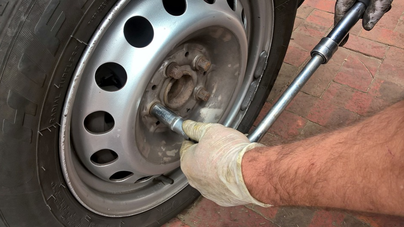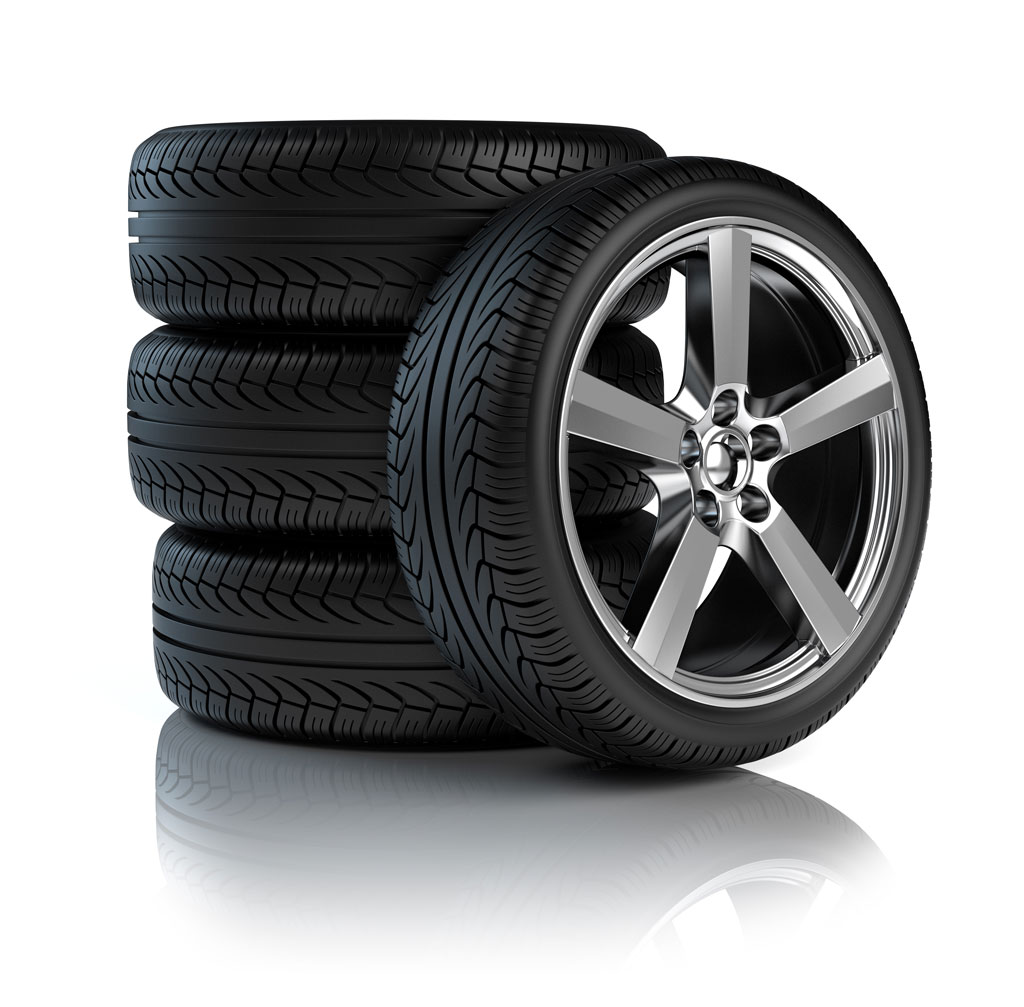Morris Tires: Your Location for GMC Tires Service Excellence
Wiki Article
Tire Service: The Impact of Climate Condition
When it comes to ensuring ideal performance and safety on the roadway, understanding the effect of weather condition conditions on tire service is vital. GMC Tire Service. In this conversation, we will discover the intricate connection between weather condition conditions and tire service, shedding light on the importance of weather-specific tire maintenance methods and considerations.Warmth and Tire Performance
When subjected to heats, tires experience modifications in efficiency that can substantially affect automobile safety and security and handling. The heat created from extended driving or hot climate problems causes the tire rubber to soften, resulting in decreased walk life and boosted wear. As the rubber comes to be softer, the tire's grip when traveling lessens, influencing braking ranges and general grip. In severe instances, excessive warmth can also trigger tire blowouts, posing an extreme security threat to the car and its passengers.
Winter Impacts
Cold weather problems can have a substantial effect on tire performance and safety and security. As temperature levels drop, tire rubber can harden, causing reduced traction on icy or snow-covered roadways. In cool climate, tires might additionally lose air pressure much more quickly, which can influence handling and gas effectiveness. Additionally, cold temperatures can cause tire sidewalls to stiffen, boosting the danger of damage from splits or other road dangers.To mitigate the results of winter on tires, it is important to frequently check tire stress and inflate them to the producer's recommended degrees. Making use of winter season or all-season tires developed for winter conditions can likewise boost traction and hold on icy or snowy roads. Appropriate tire maintenance, consisting of routine inspections for wear and damages, ends up being a lot more critical throughout cooler months to make sure optimum efficiency and security.
Rainy Issues Impact
During stormy problems, tire efficiency and safety and security can be dramatically influenced by the damp road surface areas and lowered visibility. The walk pattern of tires plays an important function in maintaining traction on damp roads. Tires with damaged footsteps are extra vulnerable to hydroplaning, where a layer of water accumulates in between the tire and the road surface area, leading to loss of grip. To fight this, motorists must regularly evaluate their tires for sufficient step deepness and take into consideration buying tires specifically made for damp problems.In addition, stormy climate can imp source also reduce visibility, making it testing for chauffeurs to see the roadway in advance clearly (GMC Tire Service). In such problems, it is important to change driving speeds accordingly and keep a secure adhering to distance to allow for sudden stops. Correctly filled with air tires can additionally help in keeping control on wet roads by supplying better handling and grip
Snow and Tire Safety
When driving in snowy problems, having the appropriate tires can make a significant distinction in security and efficiency. Winter tires are developed with special rubber compounds and step patterns to supply much better traction on snow and ice compared to all-season tires.
It is essential to follow manufacturer instructions when mounting and utilizing tire chains to stop damages to the look at here now tires and vehicle. By picking the best tires, keeping appropriate inflation, and considering added traction aids like tire chains, vehicle drivers can improve their safety when browsing snow-covered roadways.
Weather-Related Tire Upkeep
When encountered with numerous climate condition, correct tire upkeep becomes an important aspect of lorry safety and security and performance. Weather-related tire maintenance incorporates a variety of techniques targeted at ensuring ideal tire feature and durability in various weather scenarios. One crucial element of weather-related tire upkeep is tire pressure law. Rising and fall temperature levels can cause tire pressure to vary, impacting traction and fuel performance. Routinely checking and readjusting tire stress according to supplier recommendations is necessary for risk-free driving in transforming weather problems. In addition, tire tread deepness plays a significant role in taking care of different weather condition elements. Tires with adequate tread depth provide much better hold on wet or icy roadways, decreasing the risk of hydroplaning or skidding. Evaluating tire walk consistently and replacing tires when walk wear reaches a certain depth is important for keeping traction and stability find this in negative climate. By focusing on weather-related tire upkeep, motorists can boost safety and security, improve vehicle efficiency, and prolong the life expectancy of their tires.
Verdict
Finally, climate problems have a significant effect on tire efficiency and security. From heat affecting tire pressure and wear to cool weather condition reducing grip, it is important to consider the climate when maintaining and utilizing tires. Rainy conditions can lower grasp and lead to hydroplaning, while snow can raise the threat of crashes if tires are not correctly furnished. Weather-related tire upkeep is critical in guaranteeing optimum efficiency and security when traveling.In this conversation, we will explore the intricate relationship between weather condition problems and tire service, shedding light on the importance of weather-specific tire maintenance techniques and considerations.

Report this wiki page